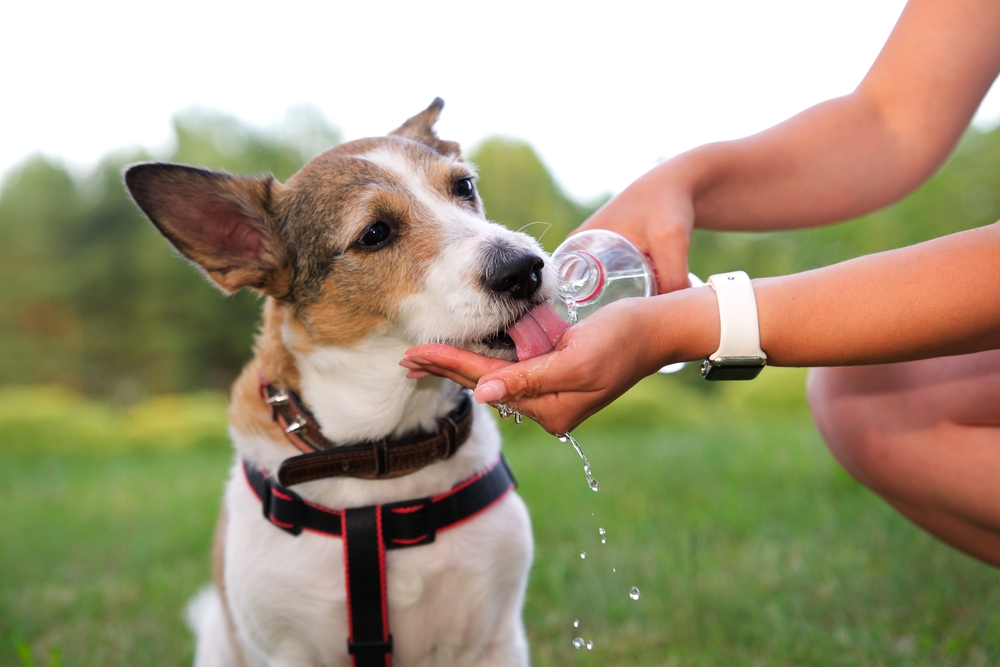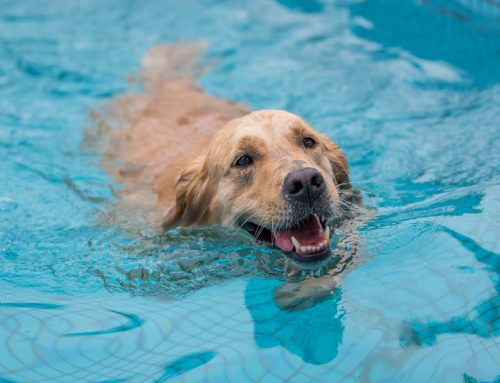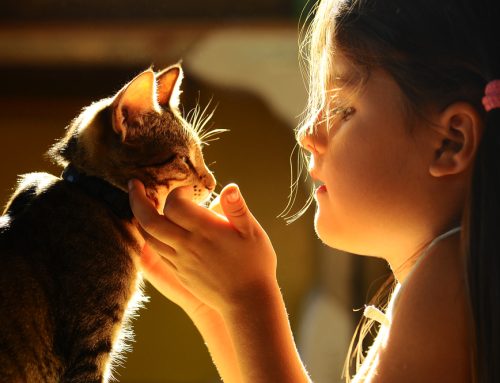Many people really enjoy the warm summer temperatures and outdoor activities, but for pets, the heat and humidity can be dangerous. Temperatures that most people find comfortable are often too hot for pets, who can easily overheat, because their natural cooling mechanisms are inefficient. You can sweat to cool down, but your pet can’t.
MountainView Veterinary Hospital wants our Denville, New Jersey, pet owners to understand summer and heat risks. Here, we summarize these risks and offer tips to help you ensure your pet stays safe.
What happens if my pet gets too hot?
Pets who spend too much time in high heat, humidity, and direct sunlight risk their body temperature rising faster than they can cool themselves down. This condition is called heatstroke and is deadly in up to half of affected pets, whether or not they receive treatment. Their elevated body temperature directly damages cells and activates heat shock proteins, which can make the damage worse, and lead to brain and nervous system dysfunction, bleeding, and multiple organ failure.
All pets are at risk for heatstroke, but some are particularly susceptible, including overweight, old, young, and brachycephalic (i.e., flat-faced) pets, who cannot pant or exchange heat effectively. Pets with airway conditions, including laryngeal paralysis or tracheal collapse, are also at higher risk and require special attention. Prevention is best for combatting heatstroke in any pet. Follow our safety tips:
#1: Keep your pet out of the hot sun
Exercise outdoors with pets during the cooler early mornings and late evenings and stay indoors during the hottest times of day. You can also help pets acclimate to the heat by gradually increasing their length of time outside in the warmer weather.
#2: Provide water and shade to pets
Cool water is essential to keep pets hydrated in the heat. Dehydration will make them more susceptible to heatstroke and may cause uncomfortable muscle cramps, nausea, or vomiting. Always take water on long walks and provide a bowl for pets outside in the yard. Plan a well-shaded walking route to provide some respite from the heat.
#3: Don’t leave pets unattended outside or in vehicles
The two classic scenarios that lead to heatstroke in pets are leaving them in a vehicle, where the temperature can rise 40 degrees per hour, or leaving them in a yard without shade or water. Never leave your pet unattended or locked in a vehicle, and always supervise your pet while outside.
#4: Bring pets indoors if you notice heat stress signs

Watch your pet closely for signs indicating they are getting too hot. Before your pet’s temperature rises above normal, you may notice weakness, muscle spasms, vomiting, or diarrhea. Then, immediately bring them inside to cool off. If they are left in the heat, their condition could progress to heatstroke, and they may show the following signs, which require immediate medical attention:
- Excessive panting
- Red gums
- Fast heart rate
- Abnormal bleeding, including blood in urine, vomit, or diarrhea
- Disorientation or stumbling
- Seizures
- Collapse
#5: Beware of other summer pet dangers
Heatstroke isn’t your pet’s only summer risk. Other potential summer safety hazards include:
- Hot asphalt — Sun-warmed pavement can burn your pet’s paw pads, and the heat radiating from the surface can warm their bodies. Encourage pets to walk in the grass alongside the roadway, or look for gravel, dirt, or grass paths.
- Swimming — Swimming helps cool pets off and provides good exercise, but also presents a drowning hazard. Ensure your pet wears a life jacket in open bodies of water, your pool is securely gated, and your swimming pet is always closely supervised.
- Parasites — Fleas, ticks, and heartworm-carrying mosquitoes love the summer weather, too. Use an effective parasite preventive on your pet each month.
- Bug bites — Spiders, flies, bees, ants, and wasps can bite your pet and lead to rashes or infections. Try a pet-specific bug repellent to reduce bites.
- Allergies —Summer is the worst season for most pets with seasonal allergies. Be prepared for allergy season by discussing your pet’s allergy signs with our team.
Heatstroke requires immediate veterinary medical attention to increase your pet’s chances of survival. Contact our MountainView Veterinary Hospital team or your nearest veterinary emergency facility if you think your pet is showing heatstroke signs, and follow their instructions to cool your pet during transport. You can also call us if you have questions about your pet’s heatstroke risk or other summer pet dangers, or to schedule your pet’s next routine wellness visit.








Leave A Comment